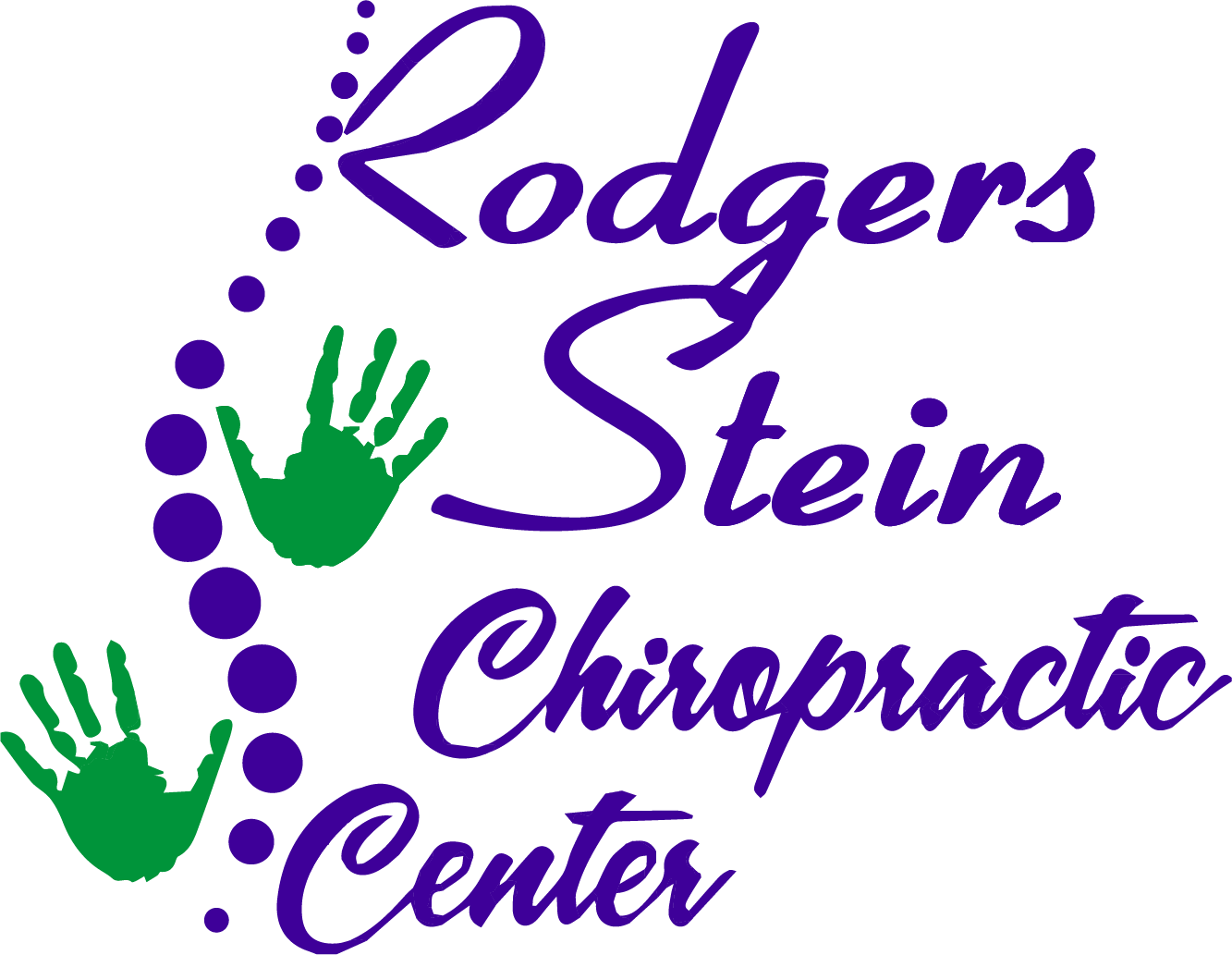When you're dealing with back pain, the thought of invasive treatments can be intimidating. You might not realize that non-invasive options often provide effective relief with fewer risks and a quicker return to your daily activities. Techniques like physical therapy and chiropractic care focus on your body's natural healing processes, making them worth considering. But what factors should you weigh when deciding the best approach for your situation? Understanding these nuances could lead you to a more sustainable solution.
Understanding Back Pain
Back pain can be an overwhelming experience, often impacting your daily life and activities. You might find it challenging to perform simple tasks, like bending over to tie your shoes or lifting a grocery bag. Understanding the nuances of back pain is vital to finding effective relief.
Back pain typically stems from various sources, including muscle strain, ligament sprain, herniated discs, or even conditions like arthritis. Your pain may be acute, lasting a few days to weeks, or chronic, persisting for three months or longer. Recognizing the type of pain you're experiencing is essential in determining the right approach to treatment.
You may also notice that your pain varies in intensity and location. For instance, it might radiate down your legs or feel localized in your lower back. Identifying these patterns can help you communicate more effectively with healthcare professionals.
Additionally, lifestyle factors—such as your posture, physical activity, and stress levels—can contribute to back pain. Evaluating your daily habits might reveal opportunities for improvement.
For instance, simple changes like ergonomic adjustments to your workspace or incorporating regular stretching can make a noticeable difference.
The importance of understanding back pain lies in empowering you to take control of your situation. By recognizing the underlying causes and being proactive about your health, you can explore non-invasive options that suit your needs and enhance your quality of life.
Risks of Invasive Treatments
While invasive treatments might seem like a quick fix for back pain, they come with a range of risks that shouldn't be overlooked. First and foremost, surgical procedures can lead to complications such as infections, bleeding, or adverse reactions to anesthesia. These risks can potentially worsen your condition rather than alleviate it, leaving you with more pain and a longer recovery time.
Moreover, even if the initial surgery goes smoothly, there's no guarantee that your back pain will completely disappear. In fact, some patients experience chronic pain after surgery, a condition known as failed back surgery syndrome. This might mean that you not only face the risks of surgery but also end up back at square one, searching for other solutions.
Additionally, invasive treatments often require a significant amount of downtime, which can disrupt your daily life and responsibilities. You'll need to factor in recovery time and possible rehabilitation, which can stretch on for weeks or even months. This can add to your frustration and anxiety, especially if you're keen to return to your regular activities.
Lastly, invasive options can be costly, both regarding the procedure itself and the potential follow-up treatments you might need. Weighing these risks against the uncertain benefits of invasive treatments is essential.
Instead of rushing into a surgical option, consider exploring safer alternatives that could provide relief without the associated dangers.
Benefits of Non-Invasive Options
When you choose non-invasive options for back pain, you enjoy several key benefits.
You'll experience reduced recovery time, which means you can get back to your daily activities sooner.
Plus, with lower risk factors and enhanced mobility, these approaches often lead to a more effective and comfortable healing process.
Reduced Recovery Time
Non-invasive options for back pain not only provide effective relief but also greatly reduce recovery time. When you choose treatments like physical therapy, chiropractic care, or acupuncture, you're opting for methods that allow your body to heal naturally without the complications of surgery. This means you can often return to your daily activities much sooner.
With non-invasive treatments, you're less likely to experience the long downtime associated with surgical recovery. After a few sessions of physical therapy, for instance, many people notice significant improvements in their mobility and pain levels. You won't have to deal with the extended hospital stays or rehabilitation periods that come with invasive procedures.
Additionally, non-invasive options often involve exercises and stretches that you can do at home, further speeding up your recovery. These methods empower you to take control of your healing process, and you can feel more actively involved in your recovery journey.
Ultimately, by choosing non-invasive treatments, you're not just addressing your back pain effectively; you're also setting yourself up for a quicker return to normal life without the burdens of prolonged recovery.
Lower Risk Factors
Choosing non-invasive options for back pain markedly lowers your risk factors compared to surgical interventions. You can avoid many complications that come with surgeries, such as infections or adverse reactions to anesthesia.
Non-invasive treatments typically involve fewer side effects and allow you to maintain a more active lifestyle.
Here are some key benefits of opting for non-invasive treatments:
- Reduced complication rates: Non-invasive methods generally have a lower chance of complications compared to surgery.
- Minimized recovery time: You won't have to deal with lengthy rehabilitation periods, allowing for quicker return to daily activities.
- Lower financial burden: Non-invasive treatments often cost less than surgical procedures, making them more accessible.
- Greater flexibility: You can easily adjust or discontinue non-invasive treatments based on your progress without the long-term commitment that surgery requires.
Enhanced Mobility Benefits
Experiencing back pain can limit your mobility and hinder daily activities, but opting for non-invasive treatments can greatly enhance your physical freedom. When you choose methods like physical therapy, chiropractic care, or acupuncture, you're not just addressing the pain; you're improving your overall range of motion.
These approaches focus on strengthening your muscles and improving flexibility, allowing you to move more freely and comfortably. You'll notice that as your pain decreases, everyday tasks become easier. Activities like bending, lifting, or even walking can feel less intimidating.
Non-invasive options help your body heal naturally, reducing inflammation and tension without the risks associated with surgery. Moreover, these treatments often empower you with tools and exercises to manage your back health long-term.
By incorporating routines that promote strength and flexibility, you're less likely to experience future pain episodes, further enhancing your mobility. In essence, choosing non-invasive treatments doesn't just alleviate pain; it opens the door to a more active and fulfilling lifestyle.
You'll find yourself enjoying activities you once avoided, reclaiming the freedom to move without limitations.
Physical Therapy Techniques
A variety of physical therapy techniques can effectively alleviate back pain and enhance mobility. These techniques focus on strengthening muscles, improving flexibility, and promoting proper posture, helping you regain control over your body.
You'll likely find that a tailored approach, guided by a skilled physical therapist, can lead to significant improvements in your condition.
Here are some common physical therapy techniques you might encounter:
- Stretching Exercises: These help improve flexibility and relieve muscle tension, making it easier for you to move without pain.
- Strengthening Exercises: Targeted exercises build the core and back muscles, providing better support for your spine and reducing strain.
- Manual Therapy: This hands-on technique involves a therapist manipulating soft tissues and joints to relieve pain and enhance mobility.
- Hydrotherapy: Performing exercises in warm water can reduce the strain on your body, allowing you to exercise more comfortably while promoting healing.
Chiropractic Care Overview
Chiropractic care offers a range of techniques and methods designed to relieve back pain effectively.
By focusing on the alignment of your spine and overall musculoskeletal health, you can experience significant benefits.
Let's explore how these practices can help you regain comfort and mobility.
Techniques and Methods
When it comes to alleviating back pain, chiropractic care stands out as a popular non-invasive option. This approach focuses on diagnosing and treating musculoskeletal disorders, particularly those related to the spine.
You might be surprised by the variety of techniques and methods chiropractors use to help you feel better.
Chiropractors typically employ several effective strategies, including:
- Spinal Manipulation: This hands-on technique aims to restore proper alignment to the spine, improving mobility and reducing pain.
- Soft Tissue Therapy: Through massage and stretching, chiropractors can relieve tension in muscles and connective tissues, promoting healing.
- Exercise Rehabilitation: Customized exercise programs help strengthen core muscles, improving support for your spine and preventing future issues.
- Lifestyle Counseling: Chiropractors often provide guidance on ergonomics, posture, and nutrition to enhance overall well-being and back health.
Benefits of Chiropractic Care
Many people experience significant relief from back pain through chiropractic care, thanks to its holistic approach that addresses the root causes of discomfort. When you visit a chiropractor, you're not just getting treatment for your symptoms; you're engaging in a thorough assessment of your body's alignment and function. This personalized approach helps identify underlying issues that may be contributing to your pain.
Chiropractic care can enhance your overall well-being by improving mobility and flexibility. With regular adjustments, you'll likely notice a reduction in muscle tension, leading to better posture and decreased strain on your back.
Plus, many patients report improvements in sleep quality, as pain relief can lead to more restful nights.
Another significant benefit is that chiropractic care is non-invasive and drug-free. This means you can avoid the potential side effects of medications and the risks associated with surgical procedures.
You'll also gain valuable insights into lifestyle changes and exercises that promote long-term health.
Acupuncture for Pain Relief
Acupuncture has gained popularity as an effective, non-invasive treatment for back pain relief. This ancient Chinese practice involves inserting thin needles into specific points on your body, aiming to restore balance and promote healing.
Many people find acupuncture to be a valuable addition to their pain management strategies, and it might just be the solution you've been searching for.
Here are some reasons why acupuncture could help alleviate your back pain:
- Pain Reduction: Studies show that acupuncture can considerably reduce pain levels, often providing relief where other treatments may have failed.
- Improved Mobility: By addressing the root causes of your pain, acupuncture can help enhance your range of motion, making daily activities easier and more enjoyable.
- Fewer Side Effects: Unlike some medications that may come with a laundry list of side effects, acupuncture is generally safe and well-tolerated, making it a great alternative for those wary of pharmaceuticals.
- Holistic Approach: Acupuncture treats not just the symptoms but also the underlying issues, promoting overall well-being and balance in your body.
If you're considering acupuncture for your back pain, it's crucial to consult a licensed practitioner who can tailor the treatment to your specific needs.
Many people report feeling relaxed and rejuvenated after a session, which can contribute to better overall health.
Lifestyle Modifications
To manage back pain, making lifestyle modifications can be essential.
You can improve your condition by incorporating regular exercise and stretching routines, as well as being mindful of your posture and ergonomics throughout the day.
These changes not only enhance your physical well-being but also help prevent future discomfort.
Exercise and Stretching Routines
Incorporating exercise and stretching routines into your daily life can greatly alleviate back pain and improve overall well-being. Regular physical activity strengthens the muscles that support your spine, enhances flexibility, and promotes blood flow, which can speed up recovery.
You don't need to engage in intense workouts; even moderate exercises can make a significant difference.
Here are some effective routines to take into account:
- Gentle stretches: Focus on your hamstrings, hip flexors, and lower back to relieve tension.
- Strength training: Utilize body-weight exercises like bridges and planks to build core stability.
- Low-impact cardio: Activities like walking, swimming, or cycling can boost your endurance without straining your back.
- Yoga or Pilates: These practices promote flexibility and core strength while encouraging mindfulness.
Remember to listen to your body—start slow and gradually increase the intensity.
Consistency is key, so try to incorporate these routines into your daily schedule.
With time, you'll likely notice a reduction in pain and an increase in your overall physical health, making it easier to engage in your favorite activities.
Posture and Ergonomics Awareness
Maintaining good posture and being mindful of ergonomics can greatly reduce back pain and prevent future issues. You mightn't realize it, but your daily habits play a significant role in the health of your back.
Start by evaluating your workspace. Confirm your chair supports your lower back, and your computer screen is at eye level to reduce strain. When sitting, keep your feet flat on the floor and your knees at a right angle.
When you stand, distribute your weight evenly on both feet, and avoid slouching. Engaging your core muscles can help support your spine, providing additional stability.
If you spend a lot of time on your phone, consider using a hands-free device or elevating your phone to eye level to avoid craning your neck.
Incorporating these small adjustments into your daily routine can lead to significant improvements in your posture and overall comfort.
Mind-Body Approaches
Many individuals find that mind-body approaches offer powerful tools for managing back pain. These techniques focus on the connection between your mental state and physical health, helping you reduce pain and enhance your overall well-being.
By addressing the psychological aspects of pain, you can create a more holistic path to healing.
Here are some popular mind-body approaches you might consider:
- Meditation: Practicing mindfulness or guided meditation can help calm your mind, reduce stress, and promote relaxation. This can lead to a decrease in muscle tension and pain.
- Yoga: Combining physical postures with breath control and meditation, yoga can enhance flexibility, strength, and balance. Many find that it helps alleviate back pain while improving their mental clarity.
- Tai Chi: This gentle form of martial arts focuses on slow, deliberate movements and deep breathing. It can improve posture, balance, and relaxation, all of which contribute to pain relief.
- Biofeedback: This technique teaches you how to control bodily functions, such as heart rate and muscle tension, through monitoring devices. You can learn to manage pain signals more effectively, leading to reduced discomfort.
Success Stories and Evidence
Numerous individuals have experienced considerable relief from back pain through non-invasive approaches, showcasing the effectiveness of these methods. You might find inspiration in the stories of those who've turned their lives around without resorting to surgery or heavy medications.
For instance, a 45-year-old teacher struggled with chronic back pain for years. After incorporating yoga and physical therapy into her routine, she not only reduced her pain but also improved her flexibility and overall well-being.
Many people have found that acupuncture considerably alleviates their discomfort. Research shows that patients who received acupuncture treatments reported a notable decrease in pain levels compared to those who didn't. This method often works by stimulating specific points in the body, promoting natural healing.
Additionally, studies back the effectiveness of chiropractic care. Regular adjustments can lead to improved spine alignment and reduced back pain. You might relate to the story of a man in his 30s who, after experiencing debilitating pain, sought chiropractic treatment. Within weeks, he was back to his favorite activities, living without the constant ache that once held him back.
These success stories highlight that non-invasive options aren't just theoretical; they produce real, tangible results. Whether through physical therapy, acupuncture, or chiropractic care, countless individuals have embraced these methods. Their experiences prove that you can find relief and reclaim your life without the need for invasive procedures.
How to Choose the Right Option
When it comes to choosing the right non-invasive option for back pain, it's essential to take into account your unique circumstances and preferences.
You'll want to reflect on factors like the severity of your pain, your lifestyle, and any existing medical conditions. Here's a quick guide to help you make the best choice for your situation.
First, think about the type of treatment that suits you best. Do you prefer something hands-on, like physical therapy, or are you more inclined toward at-home remedies?
Next, evaluate your available time and resources. Some options require regular appointments, while others can be easily integrated into your daily routine.
Here are some key points to ponder:
- Consult a professional: Speak with a healthcare provider to explore your options and get a tailored recommendation.
- Research various treatments: Look into physical therapy, chiropractic care, acupuncture, and massage therapy to find what resonates with you.
- Read reviews and testimonials: Hearing about others' experiences can provide insight into what might work for you.
- Trial and error: Sometimes, it takes trying a few different methods to find the perfect fit for your needs.
Conclusion
Choosing non-invasive options for back pain can be a game-changer for your recovery. With lower risks and quicker healing times, treatments like physical therapy, chiropractic care, and acupuncture empower you to take control of your health. By focusing on strengthening your body and making lifestyle adjustments, you not only alleviate pain but also enhance your overall well-being. Don't hesitate to explore these personalized approaches to find what works best for you and get back to living your life fully.



